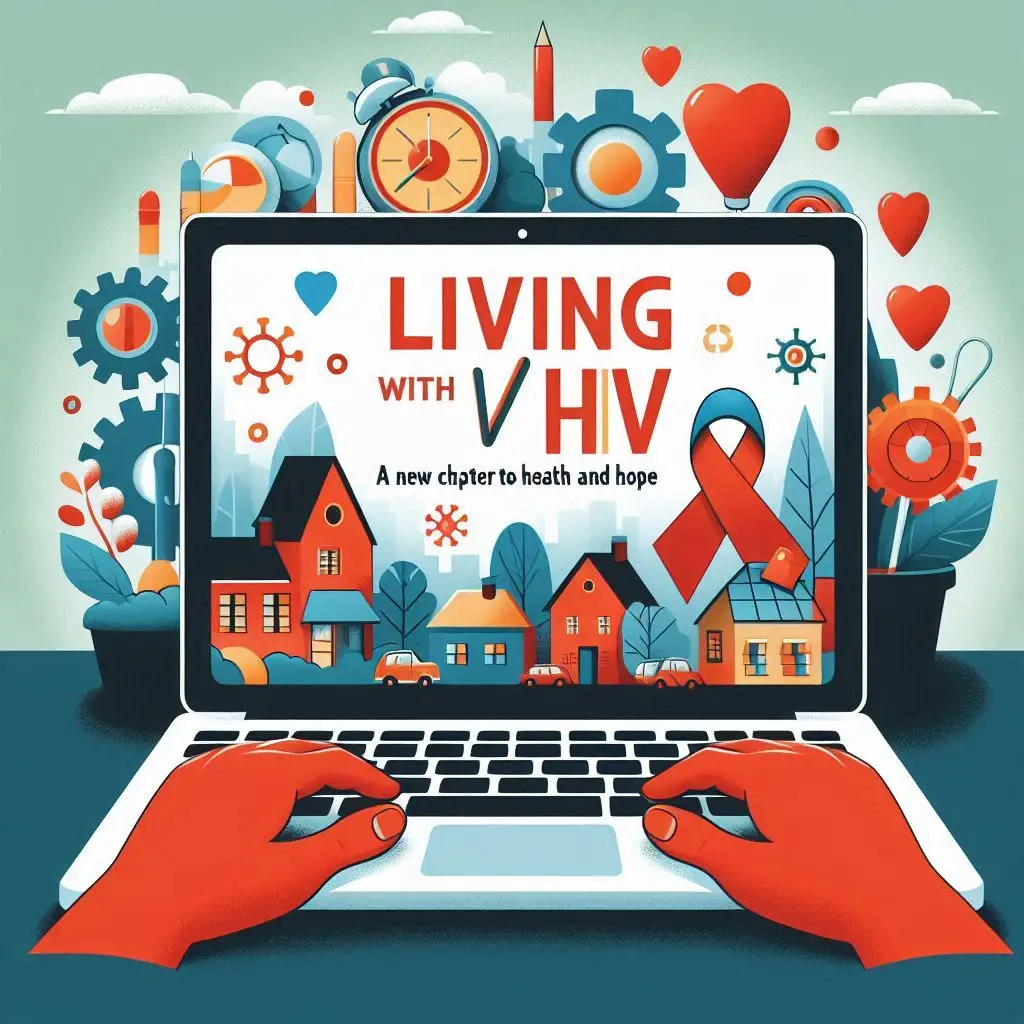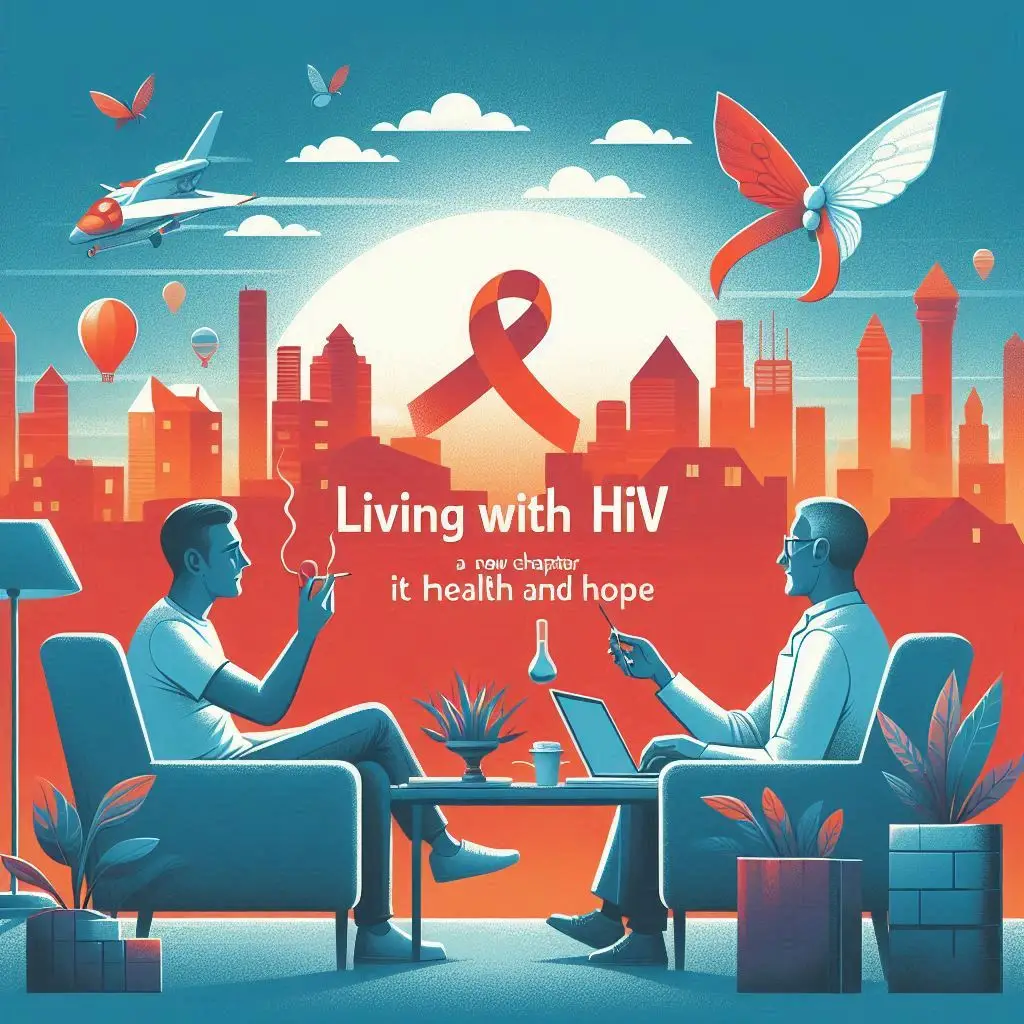Imagine carrying a storm inside you—once uncontrolled, now calmly contained by science. For millions of people around the world, living with HIV today no longer means despair, fear, or isolation. Instead, it often means a full, healthy, and productive life. This dramatic shift did not happen overnight. It is the result of decades of research, innovation, and global awareness, all sparked by a crucial question that continues to guide medical understanding: Where did AIDS come from?

Where Did AIDS Come From?
To grasp the significance of today’s advancements, we must first ask: where did AIDS come from?
The origins of AIDS trace back to a virus in chimpanzees—SIV (Simian Immunodeficiency Virus). In the early 20th century, it is believed that SIV crossed over into humans in Central Africa, likely during the hunting and handling of bushmeat. This transmission marked the beginning of HIV’s evolution in humans. Over time, it mutated into various strains, the most dominant being HIV-1, which led to the global AIDS epidemic. The virus spread silently for decades until it was identified in the early 1980s.
Asking where did AIDS come from isn’t just historical—it continues to shape our approach to prevention, treatment, and cure by helping scientists understand how the virus behaves and adapts.
Then and Now: A Life Transformed
In the 1980s and early 1990s, an HIV diagnosis was considered a death sentence. People often had only a few years to live after diagnosis. Treatments were limited, stigmatization was rampant, and misinformation was everywhere.
With the arrival and refinement of antiretroviral therapy (ART), the outlook has changed dramatically. Most individuals diagnosed with HIV can expect to live nearly as long as someone without the virus, provided they begin and adhere to treatment early.

Improved Life Expectancy
Modern medicine has rewritten the fate of HIV-positive individuals. Thanks to ART:
- People who start treatment early and maintain adherence can live into their 70s and beyond.
- The viral load becomes undetectable, reducing the risk of AIDS-related complications.
- With early intervention, individuals avoid the immune system collapse that once defined the final stages of AIDS.
Studies confirm that life expectancy has nearly normalized, especially in high-income countries where healthcare systems are equipped for long-term management.
Quality of Life: Not Just Surviving—Thriving
Beyond just living longer, people with HIV are now living better. This improvement spans multiple areas:
- Physical Health:
Regular monitoring and treatment for co-infections like hepatitis and tuberculosis further support health. - Mental Well-being:
With better public awareness and support systems, the mental toll of an HIV diagnosis has lessened. Counseling, peer support, and reduced stigma are helping people regain confidence and hope. - Social and Romantic Life:
The concept of U=U (Undetectable = Untransmittable) empowers HIV-positive individuals to have relationships, start families, and live without fear of transmission. - Work and Contribution:
Many people with HIV lead active professional lives, travel, raise children, and contribute to society just like anyone else.
Continued Challenges
Despite progress, challenges remain:
- In low-income regions, access to ART is still inconsistent.
- Stigma continues to exist, especially in conservative societies.
- Adherence to lifelong treatment requires discipline, resources, and support.
Still, the overall picture has transformed for the better.
The Role of “Where Did AIDS Come From?” in Modern Care
Understanding where did AIDS come from continues to influence vaccine development, cure research, and even new treatment methods. Scientists draw on evolutionary history to study how the virus mutates, hides, and resists elimination. This question acts like a compass, pointing toward future solutions.
A Story of Resilience and Revolution
Living with HIV today is not what it once was. From the fear and uncertainty of the early days to a present filled with stability and hope, the transformation is extraordinary. It all begins with science daring to ask bold questions—like where did AIDS come from—and daring even more to find answers.
Now, with continued support, awareness, and medical progress, people living with HIV are not just surviving—they’re truly living.


